Note: This is part of the growing Poetry and Fiction series, The City We’re In.
But five years later, by 2031, the cost of the technology had fallen exponentially. A ticket from New York to Washington was around $6000, while a ticket from New York to Los Angeles ran around $7000. For the rich, at least, teleportation began to replace air travel. In these early years of Helios Travel, the biggest expense was ensuring an uninterrupted fiber optic cable of sufficient bandwidth to carry passengers’ information, and the cost of teleportation still varied with the distance traveled. While the airline industry was still flying hundreds of thousands of commercial flights a day, they lost most of their first-class passengers to teleportation, and savvy tech analysts began foreseeing the day when the aviation industry disappeared entirely. What society was almost entirely unprepared for was the massive transformation that would come to the world’s cities.
By the mid-2030s, the price had fallen to $0.30/km. That same trip from Greenwich to Wall Street was now $18, and middle-class commuters in New York began to abandon the Metro North train. In cities around the world, suburbs began to extent farther and farther out into the countryside, as people chose cheaper land costs and bigger houses for only a few dollars more on their cost of their daily commute. The rich, meanwhile, had already entered in to a state of hyperconnectivity. It became a normal thing for tech executives in Silicon Valley to live on Maui (Hawaii), commuting in to the office every morning and home at night. And if they needed to go instead to Beijing for a meeting, that was possible too. Reality became a set of stages, each accessible by clicking the right location at the teleportation kiosk and electronically debiting your bank account.
When President Garcia was inaugurated in 2040, it had become clear how disruptive the technology of teleportation truly was. The problem of ensuring fiber optic cable continuity solved, what remained were the fixed costs of maintaining the teleportation kiosks and the ample electricity they needed. Helios Travel had announced a new deal of $9.99 for travel anywhere in the world that the kiosk network reached. Almost overnight, it felt like, real estate markets in cities around the world collapsed. Why would anyone pay for rent in London, when they could live in a sunnier clime for a fraction of the cost? Companies, too, began to realize that while they needed a central place for their employees to work, they need not be near any city. Corporate headquarters often moved to glass office building in rural locations with spectacular views of places like the Rockies or Big Sur.
The poor and working class still could not afford to teleport every day for work and were stuck living close to where their predominately service sector jobs were located, often near urban centers that were now dramatically depopulating. Teleportation also had the effect of erasing country borders for businesses, and many service sector jobs, which had heretofore resisted offshoring, now could be done by workers from any country. That is, rather than offshoring involving moving workplaces to developing countries, workers from developing countries could follow the jobs to wherever they needed to.
Going along with this increased international connectivity was, sadly, an increased potential for cross-border crime and terrorism, as the attacks of May 2041 showed most graphically. Governments around the world began to take control of teleportation technology, strictly monitoring and limiting who could travel internationally. This created further a two-tier world: a mass of people who could teleport, financially and legally, and a group of left-behinds stuck in the places they lived.
Now, as we approach the 25thanniversary of the first commercial teleport, things seem to have stabilized. While many cities have dramatically depopulated, they do not appear to be shrinking to zero. Especially for culturally iconic cities like New York or Paris or Tokyo, there is some subset of people who want to live in that dense environment. Conversely, some industrial cities that were never considered good places to live lost the majority of their population, although often the industries and factories remained. Real estate prices in cities stabilized at roughly 30% of what they were in 2030.
Two major cultural movements started too, exacerbating existing diversions. A back-to-nature movement took hold in much of the US and Europe, as millions of knowledge workers chose to live in beautiful rural places and commute to wherever on Earth they needed to be for work. This had the unintentional effect of dramatically increasing home development in iconic rural landscapes like Provence and the Rocky Mountains. At the same time, a hardcore group of artists and writers began intentionally living and working in dense urban environments, building an ethos focused on localism and authenticity. There was plenty of abandoned urban spaces that this group of urban creatives could reclaim for art.
In the short span of a few decades, humanity has had to get used to the idea that the space where we slept need not be anywhere near where we worked which need not be anywhere near where we recreate. This decoupling can be seen as the end of a sequence of many transportation improvements that decreased travel costs, from subways to automobiles to jet planes to driverless cars. We have had to radically rethink what cities mean in this new era, where the first law of geography (“everything is related to everything else, but near things are more related than distant things”) no longer applies. Now, instead of being segregated by geography, we are segregated by ideas and dreams and culture and economic class. As the Internet enabled parallel virtual spaces for interaction among like-minded individuals, teleportation enabled parallel physical spaces for such interaction. In the process, we have perhaps lost some of the wonderful ability of urban life to allow for chance intersection and serendipity, that marvelous moment when on a subway car a stock broker used to be able to see (and maybe even have a conversation with) a construction worker or a new mother or a Starbucks barista. The tradeoff is that we have been given the opportunity to create the kind of places, the kind of cities that we dream of. May our dreams be worthy of this great opportunity, to create cities in our vision, unfettered by the tyranny of geography.
Rob McDonald
Washington


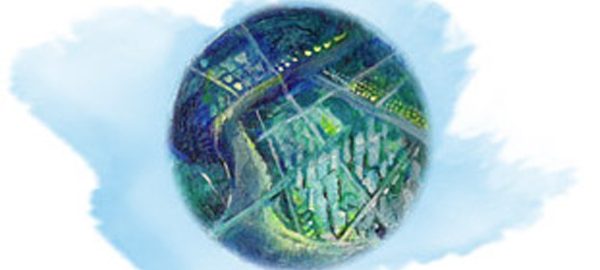
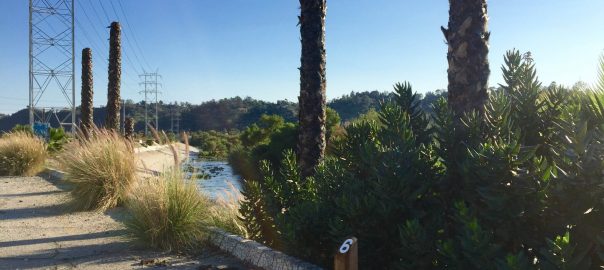
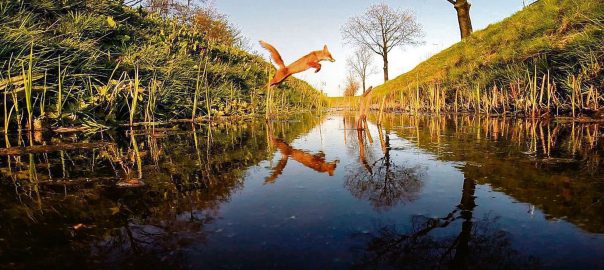
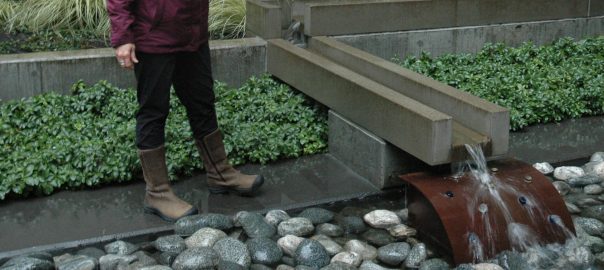
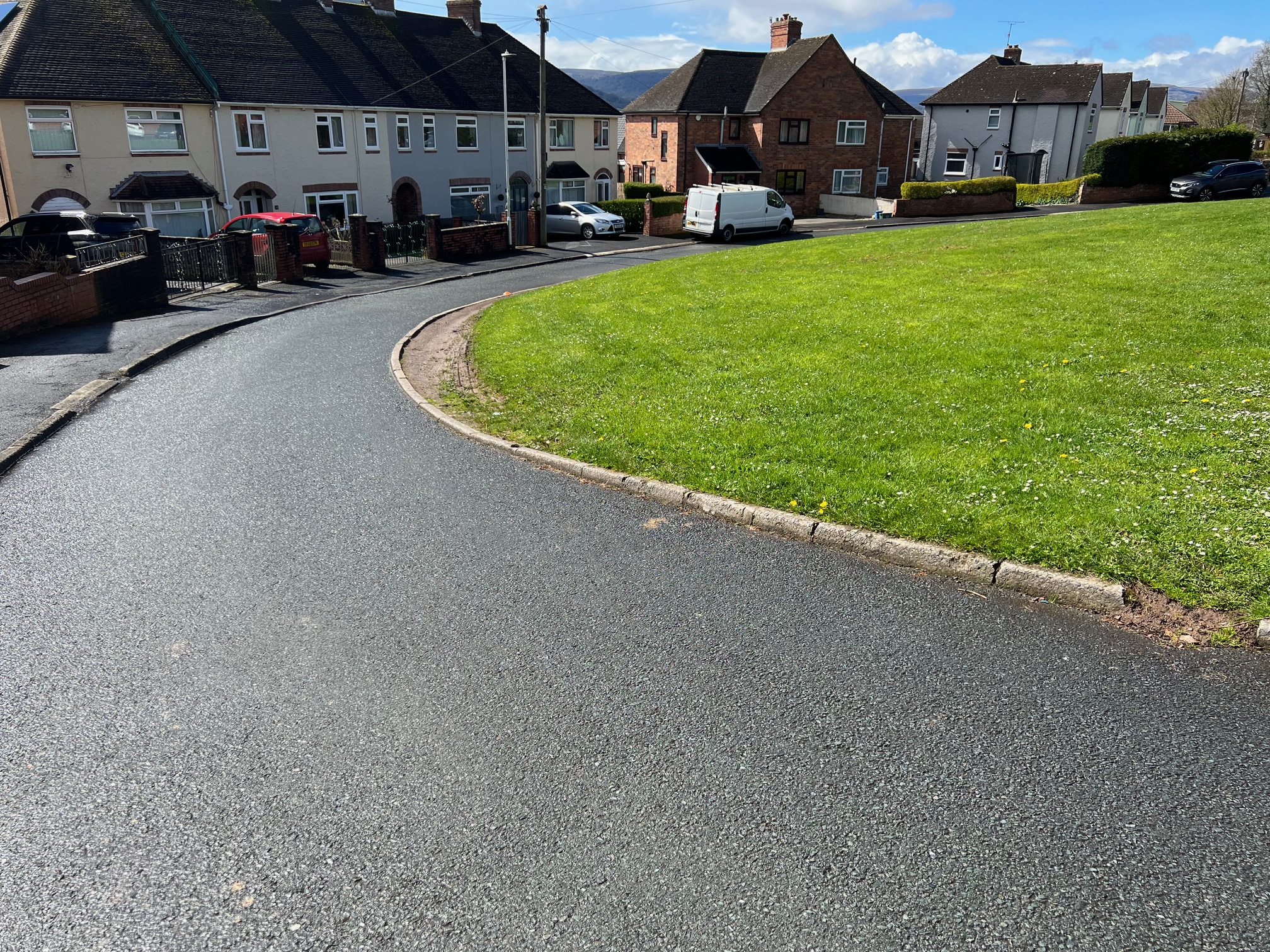
Leave a Reply